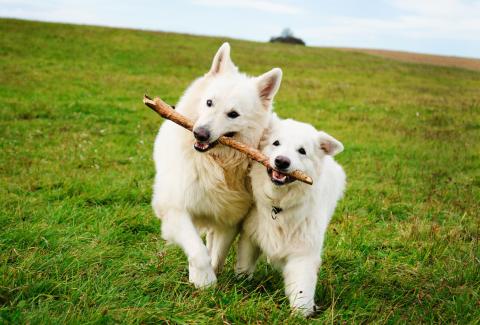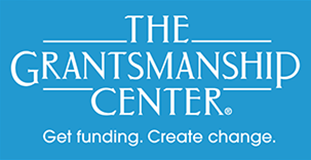
More and more nonprofits are discovering the benefits of collaborating with other organizations (other nonprofits or for-profit businesses) to get things done. These collaborations might be formal partnerships, joint applications, mergers or other arrangements. Whatever their structure, they often deepen and expand the impact of a program or initiative.
At a basic (but essential) level, nonprofits collaborate by sharing space, equipment, overhead and more. Small nonprofits don’t always need their own office or building. Organizations frequently work together to deliver “end-to-end” impact for a target population—e.g., career pathways including recruitment, training, placement and mentoring, each a special focus of a participating nonprofit. In such an example, success depends on real and durable partnerships between nonprofit training organizations and for-profit employers.
Nonprofits have the opportunity to think creatively about what kind of collaboration they want to explore. One way to make that decision is to think about the duration of the relationship: a short-term agreement to do something immediate (e.g. disaster relief, neighborhood recovery after a trauma) vs. a longer-term partnership (e.g. making progress on community-based environmental awareness and behavior change).
This kind of collaborative thinking, and perhaps acting, starts with thoughtful internal discussions among board, staff, program people, clients and other stakeholders. What’s the reason for considering collaboration? What do we want to accomplish with this relationship (from cost savings to community impact). Consider that there may be different approaches, with different partners, to get what you want.
And in those deliberations, know that the world of funding and philanthropy is having its own discussions of whether and how to collaborate. The pandemic gave ample evidence of funders working together as they created dozens of “relief funds” in cities and towns across the country. “Funders’ collaboratives” exist to address a variety of issues, from drug abuse to homelessness to educational improvement.
Perhaps the best way to begin thinking about collaborations is to savor the wisdom of Bill Murray: “I went to Second City, where you learned to make the other actor look good so you looked good and National Lampoon, where you had to create everything out of nothing, and SNL, where you couldn't make any mistakes, and you learned what collaboration was.”
Thomas Boyd is Chief Editorial Consultant for The Grantsmanship Center
and an independent consultant to nonprofit organizations.



